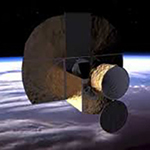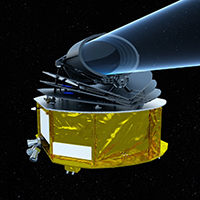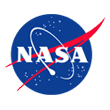
Key Exoplanet Missions
The recent launch of the Transiting Exoplanet Survey Satellite, James Webb Space Telescope, and numerous ground-based telescopes and surveys coming online have ushered in a new age of exoplanet observations. SEEC researchers directly support these and other missions by prioritizing key targets, identifying and developing necessary instrumentation, and by modeling data to characterize worlds outside our Solar System. Below are some of the most important observatories for SEEC's mission.
NASA's Current Exoplanet-Related Missions
Hubble Space Telescope
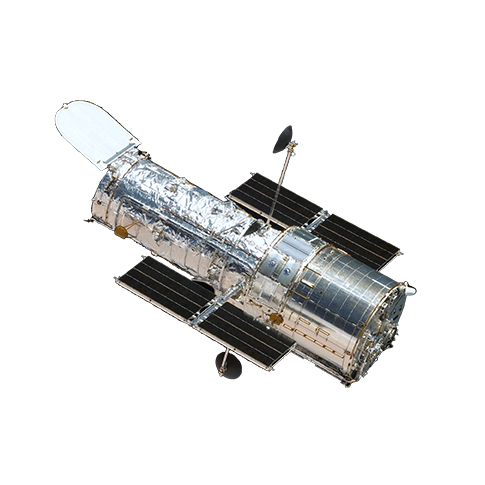
The Hubble Space Telescope has been studying the cosmos for over a quarter century. Hubble detected the first transiting exoplanet in XX, and has since made major contributions to characterizing the atmospheres of exoplanets, including the detection of water, carbon, oxygen, carbon dioxide, and methane in exoplanet atmospheres.
James Webb Space Telescope
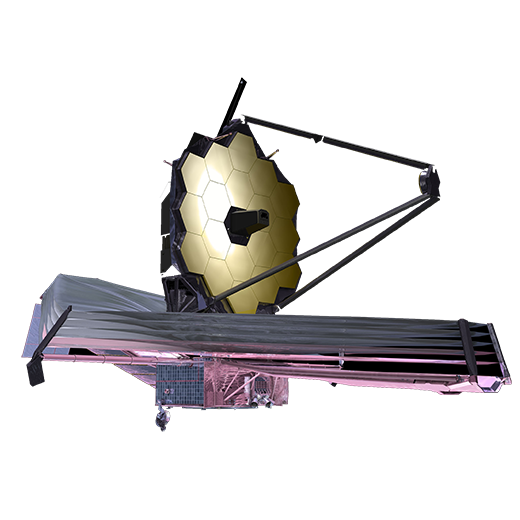
The James Webb Space Telescope, launched in 2022, is an infrared observatory that will answer big questions in all areas of astrophysics, including exoplanets. Webb has several instruments for transit spectroscopy to characterize exoplanet atmospheres, and will also carry coronagraphs to enable direct imaging of exoplanets near bright stars.
Transiting Exoplanet Survey Satellite
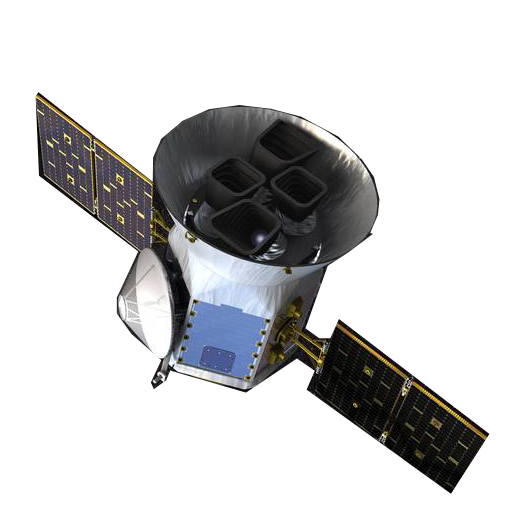
The Transiting Exoplanet Survey Satellite (TESS) is NASA's newest exoplanet hunting mission. Launched in April 2018, TESS is an all-sky survey that will discover thousands of exoplanets around nearby bright stars. Collaboration with ground-based telescopes will help us measure the mass of many of these planets. TESS' legacy will be a catalog of the best planets for characterization by Hubble and JWST.
Nancy Grace Roman Space Telescope
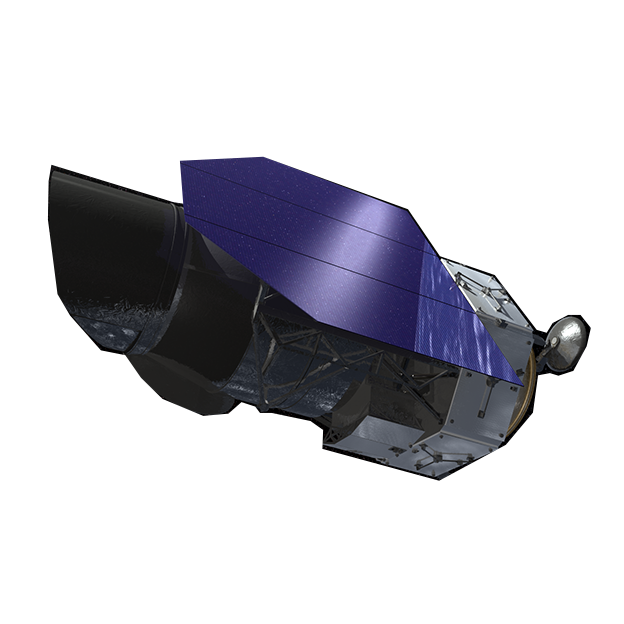
Nancy Grace Roman Space Telescope is NASA's next flagship mission after Webb. The Roman Space Telescope is an infrared space observatory that will answer key questions in cosmology and astrophysics, with a major component of the mission focused on exoplanets. The Roman Space Telescope will have a wide-field instrument to search for long-period exoplanets using gravitational microlensing, and a coronagraph instrument for direct imaging of exoplanets.
Contact
NASA Official : Prabal Saxena
Media Contact : Claire Saravia
Web Curator : Kristen Killingsworth

